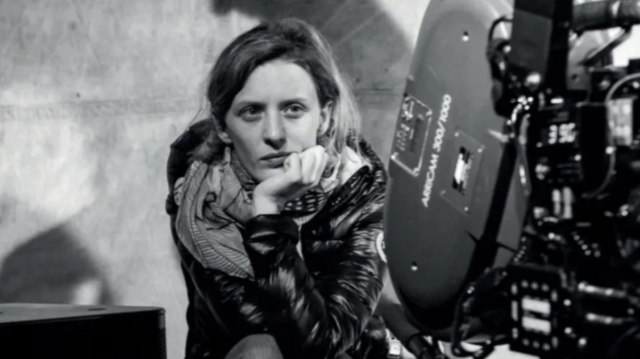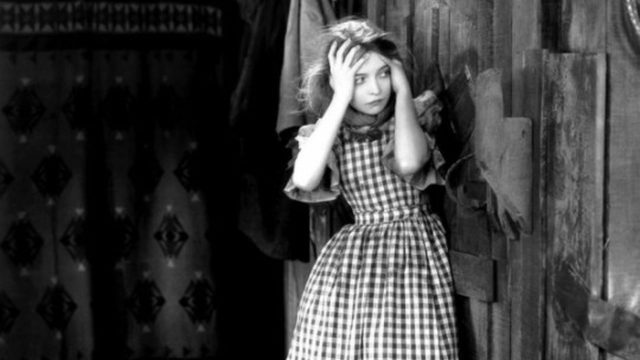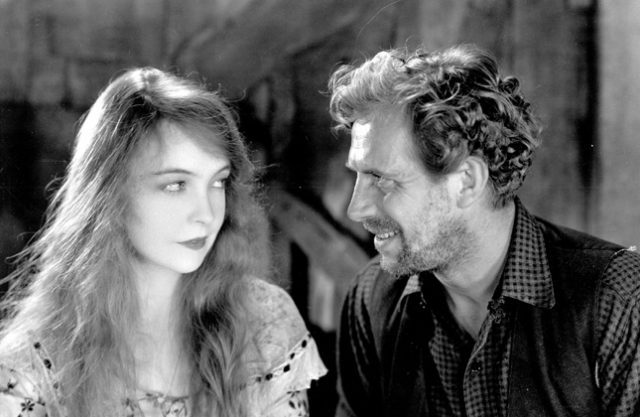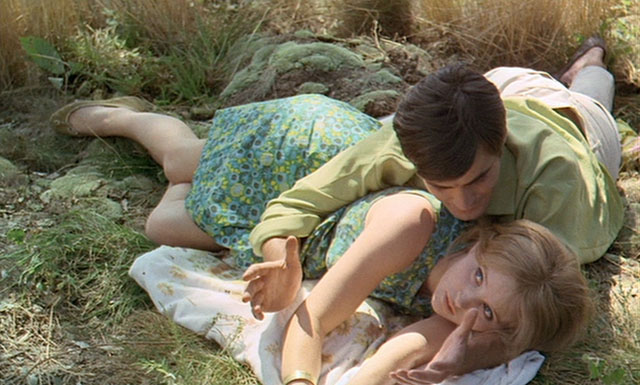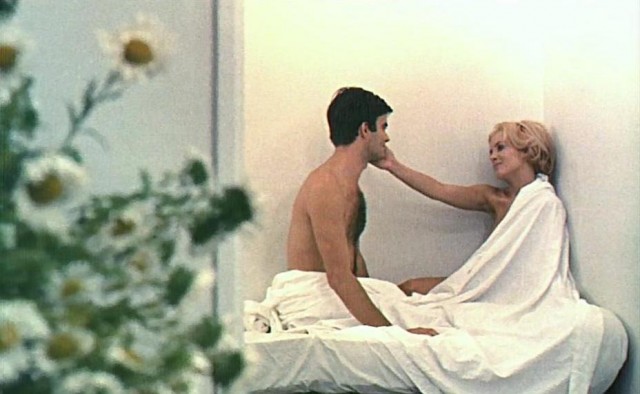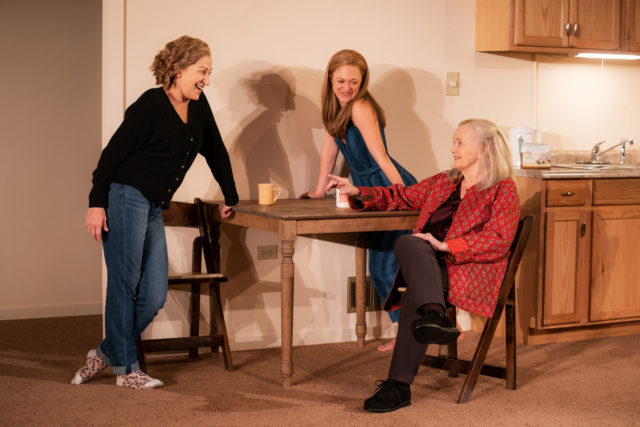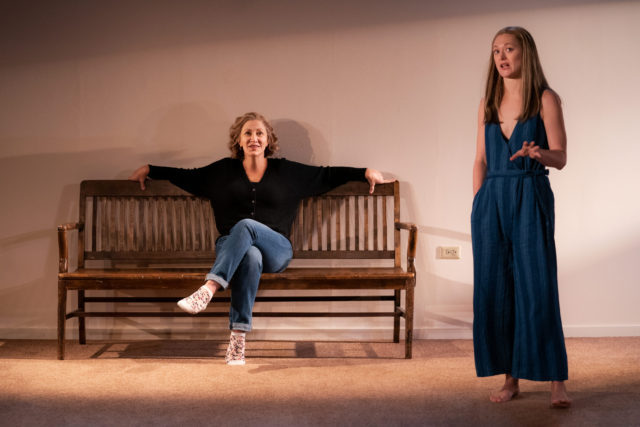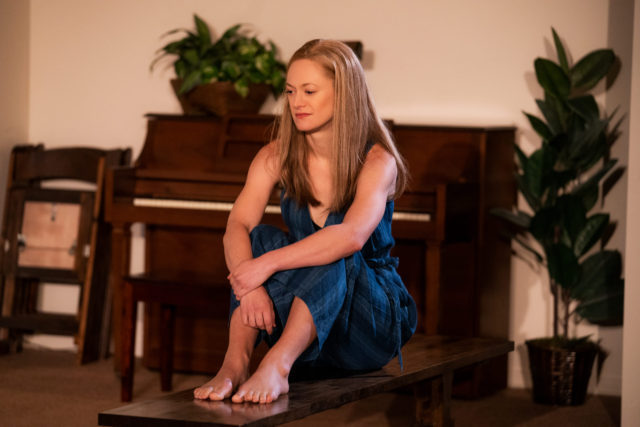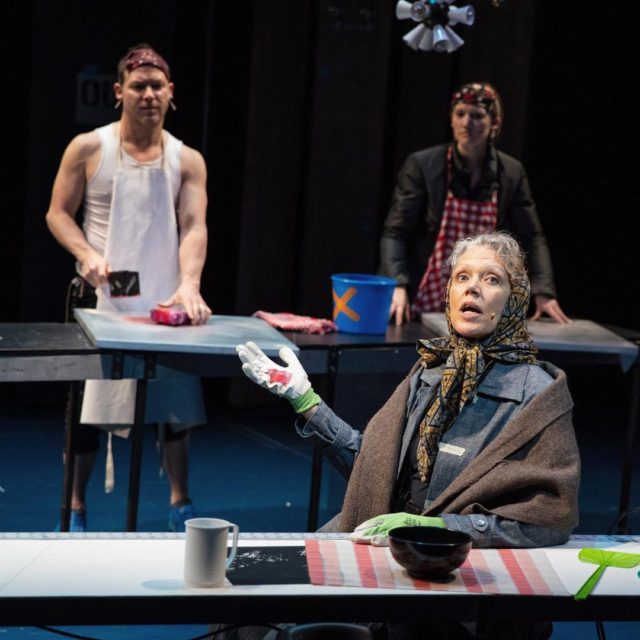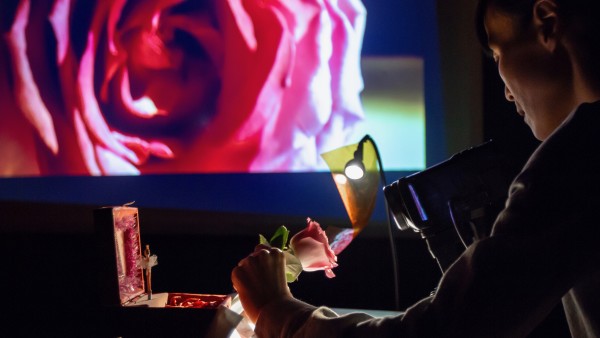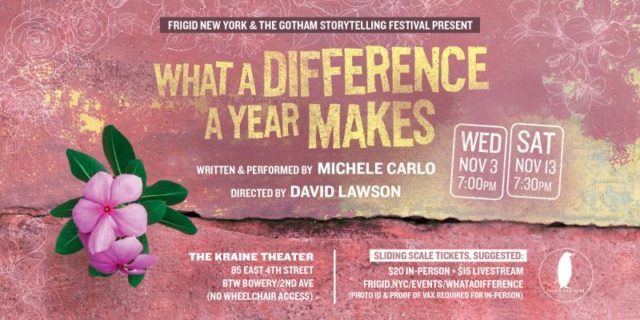
Martín Bondone and Teatro Ciego are bringing unique presentation to New York City (photo courtesy Odd Man Out)
ODD MAN OUT
Flea Theater
20 Thomas St. between Broadway & Church St.
Original run: Tuesday – Sunday, November 3 – December 4, general admission $50 ($35 November 3-8); VIP $90
Encore engagement: Tuesday – Sunday, January 18 – February 19, general admission $50 ($35 seniors and students); VIP $90
oddmanoutnyc.com
theflea.org
One of the most unusual theatrical experiences I had during the pandemic lockdown was Odd Man Out, which arrived at my apartment in a box. An international collaboration between TheaterC in New York and Teatro Ciego in Argentina, the package contained items that interacted with all five senses, including an eye mask that was to be worn while while listening to an audio stream through your own headphones.
The sixty-five-minute show, written by Martín Bondone, directed by Bondone, Carlos Armesto, and Facundo Bogarín, and featuring original music by Mirko Mescia and sound design by Nicolas Alvarez, was originally performed with an in-person cast and audience at Teatro Ciego in Buenos Aires, a company that specializes in productions in complete darkness. Nearly half the troupe is either blind or has low vision. Recorded using 360-degree binaural technology that makes it feel as if the characters are moving around in space, the play follows successful blind Argentine musician Alberto Rinaldi (Gonzalo Trigueros) as he flies on Pitchblack Airlines from New York City back to Buenos Aires. During the trip, his mind is flooded with memories of seminal moments from his life, involving his mother (Alejandra Buljevich) and father (Ignacio Borderes), his teacher (Buljevich), his music partner Jamal Jordan (Modesto Lacen), and his true love, Clara (Carmen Boria).
Delayed by the pandemic, Odd Man Out is making its New York premiere November 3 to December 4 at the Flea, where the blindfolded audience will put on headphones and experience the show together, as if they’re all on the same plane, sitting next to Rinaldi as he shares his tale. Preparing for the official opening on November 9, Bondone discussed theater, the coronavirus crisis, blind artists, and more with twi-ny. [Ed. note: The show is back for an encore engagement January 18 to February 19.]
twi-ny: What prompted the beginning of Teatro Ciego?
martín bondone: In 1991, there was an experimental theater course in my hometown, Cordoba, Argentina. The roots of theater in the dark are in Zen meditation: Darkness is used as a medium to find oneself. After years of development, in 2001, blind artists started getting involved in the company, and in 2008 the first Teatro Ciego space was founded in Buenos Aires. This will be the first space in the world that offers a complete repertoire of shows developed in complete darkness. Teatro Ciego develops experiences in the dark that range from dining experiences to kids shows. We have since then grown the brand to tour in Latin America, Spain, and, most recently, New York.
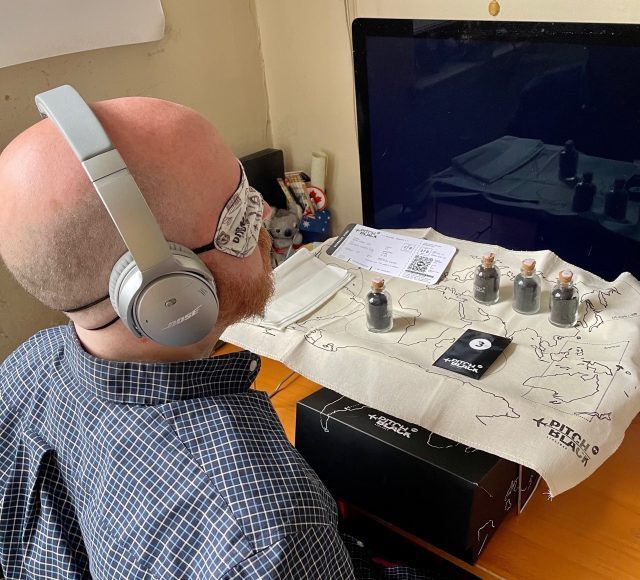
Odd Man Out offered a theatrical journey in a box to be experienced at home during the pandemic (photo by twi-ny/ees)
twi-ny: Odd Man Out was here just prior to the pandemic, with live actors; how did the idea to package the experience at home in a sensory box come about?
mb: When the quarantine mandates closed everything around the world, we were forced to put a stop to all planned productions in both Argentina and New York and the Latin American tour. We employ over one hundred people, which made the shock huge both financially and emotionally. We produce one hundred percent of our shows, but we also have a marketing division where we create experiences in the dark for companies and institutions.
The first few weeks we spent figuring out how to keep the story going, and the emerging feeling was “If people can’t go to the theater, we will bring the theater to the people.” We created a sensorial box with an eye mask and different elements that would allow the person to smell, taste, touch, and hear the experience from home. The audio was accessed through a QR code and heard from the person’s own headphones.
This alternative was a huge success and allowed us to keep our doors open and our employees working during those tough times.
twi-ny: I loved the at-home presentation. How do you anticipate that my experience in person will be different?
mb: There’s already a shift in energy when you go to a physical space and share an experience with others. That’s what makes the theater such a wonderful place. This experience is called “semi-live” since, despite listening to the experience with an individual device, we have staff members operating the rest of the devices that will allow you to feel the many sensorial moments throughout the story: wind, rain, various smells, etc. It’s a completely different experience when you can just surrender to things happening and enjoy the ride.
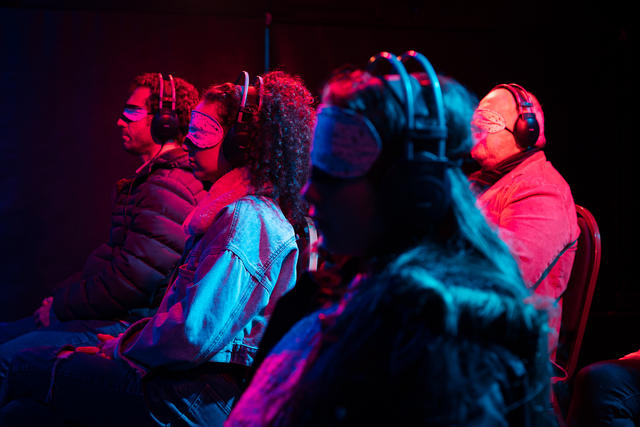
Audiences gather together to experience Odd Man Out in person (photo courtesy Odd Man Out)
twi-ny: Are there plans to eventually stage the show with live actors again?
mb: Yes, it’s our goal to be able to build an organization that trains and employs people to develop Teatro Ciego’s technique in New York. Once the situation changes and we can safely achieve our goal, we look forward to sharing this dream of ours with the New York theater scene.
twi-ny: Did you find yourself more or less productive during the pandemic?
mb: From a distance now, yes, maybe a bit less productive. It was hard to regroup and rebuild our team. This crisis forced us to think outside our comfort zone and face a tough situation. Luckily we came out stronger than before, and now we are able to offer the variety of shows we were offering before the pandemic. What sets us apart is that we never stopped working, training, and growing, and now we have new options to offer that we wouldn’t have if not faced by adversity.
twi-ny: Another touring show, Simon Stephens’s Blindness, involves headphones, binaural recording, and not-quite-total darkness, with no actors present. Do you see such shows as being a temporary by-product of the pandemic, or do you think it has a future of its own, especially since it can be available to people all over the world?
mb: No one really knows what the future holds, especially now. However, we have a history of successfully building this type of sensorial shows for over fifteen years in Argentina and the rest of the world. In fact, we developed a binaural sound show for a Disney event over ten years ago.
We are proud to say we are pioneers at utilizing this technology for theatrical experiences. We humans crave new experiences constantly; we need to be challenged and entertained from new perspectives. We hope to keep feeding this need for new experiences and challenging our senses for many years to come.
twi-ny: Since Teatro Ciego started, great strides have been made regarding the acceptance of creators and performers with different abilities in hearing, seeing, and body, although we still have a long way to go. Has that been a noticeable change with Teatro Ciego, either with the cast or the audience? What barriers need to be taken down next?
mb: One of the best things about working in darkness is that everyone involved in the experience, actors, technicians, audiences, are equals. By removing the visual stimuli, all the preconceived biases of color, gender, size, physical ability are removed.
We are in a moment in history where all social movements are facing that inclusive direction and we need to keep working together to finally have equal treatment for everyone regardless of their skin tone, gender, sexuality, nationality, religion, or physical condition.
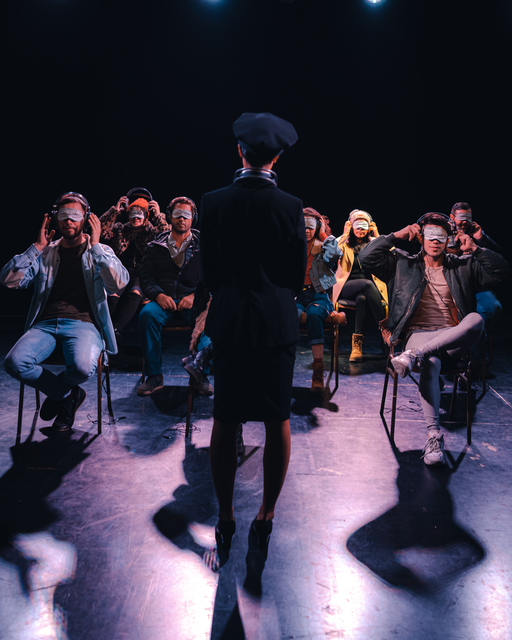
Odd Man Out re-creates a flight taking a blind musician back home to Buenos Aires (photo courtesy Odd Man Out)
twi-ny: In school you studied social economics; has that had an impact on your approach to writing?
mb: Not so much for writing but definitely for producing. Argentina has a lot of incredibly beautiful, artistic ideas that usually die for the lack of a business mind. By developing Teatro Ciego as a social construct but also economically sustainable, we won the freedom to let our imagination soar. Writing comes more from my personal experiences and my life. From my own universe.
twi-ny: Care to share what you’re working on next?
mb: Right now we are focused on the opening of Odd Man Out at the Flea.
We are also working on developing the American version of our current kids experience, Mi Amiga la Oscuridad (“My Friend the Darkness”). We are also developing partnerships with various New York City restaurants for our dining experience “A Ciegas Gourmet” (“Blind Gourmet”). In the far distance, we dream of a live musical in complete darkness.
twi-ny: That sounds exciting. During the pandemic, New York City became a ghost town; what was Buenos Aires like during Covid?
mb: The pandemic was a big reminder that we are really all connected. Just like New York, Buenos Aires was a desert. Economically, we took a huge hit to an already damaged structure, and the cultural and touristic areas were gravely impacted. We feel super privileged to be able to return to what we love doing and having such a great response from our audience.
twi-ny: Finally, if you’re coming to New York City for the show, what else do you plan to do while you’re here, now that just about everything has reopened?
mb: We plan to travel to New York City again next year when we hope to be able to develop the full show, to hire and train a full company that can work in complete darkness. For this opportunity, we were lucky to have our lead producer and resident director, fellow Argentinian Lola Lopez Guardone, fly to Buenos Aires to train with us and bring the specifics to New York. Lola is a New York City resident and has ample experience in immersive theater. Between her, our partner Carlos Armesto, and the whole PITCHBLACK team in New York, we know our show is in good hands. However, we look forward to visiting the city again in 2022 and hopefully experience Sleep No More, which we couldn’t get to on our last trip.

